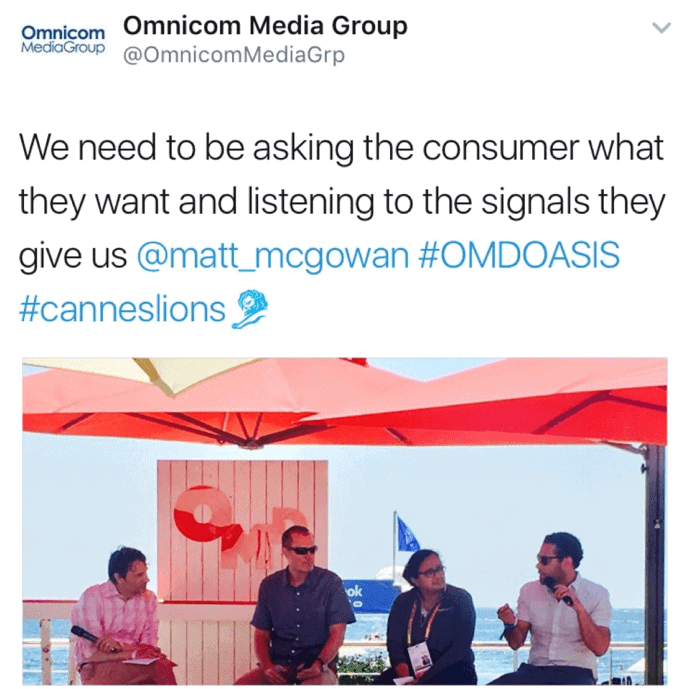Leverage your customer data beyond loyalty into acquisition marketing
Amazon, one of the largest walled gardens available to advertisers, recently released a tool to let marketers find their customers on its platform. This is big news: Now advertisers can upload their audience lists and CRM data and then use the same audience matching and lookalike modeling they are already taking advantage of with Facebook Custom Audiences and Google Customer Match.
Half of all ecommerce is transacted on Amazon and the Amazon Marketplace, and Amazon arguably understands consumer consumption habits better that most. If your CRM efforts are up to speed, you know who has bought from you in the past and what other offerings of yours they’re interested in. But Amazon knows more: it knows their preferences and consumption habits across the full range of products, both digital and physical.
The pending acquisition of Whole Foods could add a new and valuable source of data from a niche of customers: those who eat healthy food and are willing to pay more for healthier food. Access to that demographic that spends more for food could be highly lucrative.
Amazon Audiences and CRM
Agency executives interviewed by AdExchanger agreed that Amazon’s insights into browsing and the path to purchase would help brands achieve greater ROI on ad spend across the entire funnel.
One reason this is so important is that this is CRM data—not cookie data. It’s focused on the email address, which we consider the “key to identity“—the most basic form of digital identity. You’ve built up your customer profiles, probably beginning with the email, in your own CRM or data warehouse.
Now, Amazon will let you use that data to show ads to your customers and also to people who look like your customers—in greater depth than perhaps any other platform.
At this point, just like with Facebook and Google, marketers won’t be able to access much of Amazon’s own data; however, Amazon will supply you with the basics like impressions served and clicks garnered.
A more perfect future
Amazon is shining a light in a direction that I hope they’ll continue with. If it’s willing to help marketers connect all the dots, you could bring back Amazon’s data into your CRM, data warehouse, or analytics platform and begin to get a broader view of what your customers do online. If your attribution modeling is up to snuff, you should be able to track customers holistically across all channels, including email, SMS, in-app and advertising.
You could understand, for example, if you sent an email to your customers on a particular day and then showed them an ad on Amazon, Facebook or Google, whether their propensity to click on your ad would be higher if they had opened that email earlier. You could link your CRM and retention-based marketing via email with your acquisition marketing.
In addition, email marketing agencies would be able to offer new services to their clients, such as media-buying services. This could position them as more competitive than advertising agencies that are trying to add email marketing, because these agencies not only have access to CRM data but they are also, I find, much more analytical.
Scott Hagedorn, founder of the Omnicom shop, believes media agencies need to act as the conductor to orchestrate the complex relationship between creative, data, CRM and technology. According to Campaign, “We live in an era where CRM as a practice has collided with addressable media,” he explains. “We need to bring a CRM-oriented mindset into the media space.”
Future norm
CRM products like Amazon Audience Match are, I think, the single most-interesting and important trend in adtech right now. Other trends, like audience verification or header bidding, are all optimizations of capabilities we already have.

This is the first real deviation from the norm in digital advertising–and I think it will become the norm in next three to five years, as we move away from pixels and cookies toward identified individuals.
Where could this lead? At the Cannes Lions festival, there was discussion about whether we’re moving toward a world where advertisers and marketers will only pay for inventory if they know exactly who the individual, the person, viewing that specific communication is. This scheme would be pay-for-proven-ID instead of CPM or CPC.
Take it a step further: What if that person had given you permission to communicate with him or her? Suddenly, marketing has been transformed. Sound familiar?
This is a bit of future speak, but Amazon Audience Match is a great first step.

